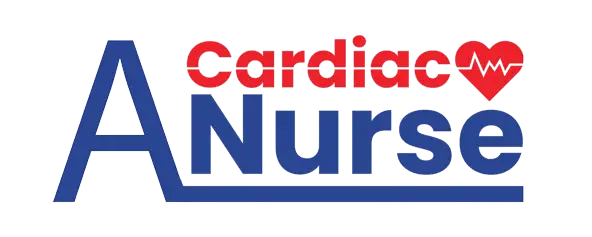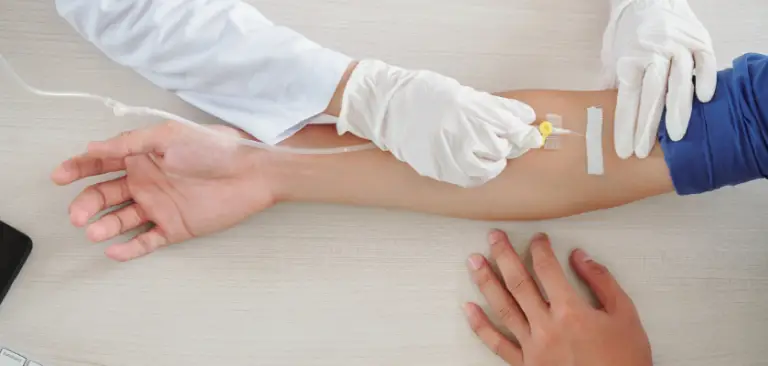What is TKO|KVO in a Medical Abbreviation?

Why is TKO Important?
The Necessity of Open Veins
When a patient is in a hospital or undergoing surgery, it’s common for them to need various medications that are best administered intravenously.
Keeping the vein open is not just a convenience; it’s a necessity for effective treatment.
How TKO Prevents Clotting
A clot in an IV line can be a significant problem, causing delays in treatment and possibly requiring the line to be removed and a new one inserted.
This is where TKO comes in handy. A TKO rate is slow enough that it doesn’t overload the patient with fluids, but fast enough to prevent the blood from clotting around the IV line.
Ready for Immediate Use
Imagine a scenario where a patient needs urgent medication.
If their IV line is clotted, the medical team would need to spend valuable time setting up a new line, delaying the treatment.
A TKO rate avoids this hassle by keeping the vein ready for immediate use.
Related Articles
Whol medical abbreviation
Can LPN do botox and fillers?
Nursing diagnosis for Parkinson’s disease
Saves Resources
Efficient Use of Medical Supplies
Hospitals operate on limited resources, including medical supplies like IV fluids. Administering fluids at a TKO or KVO rate requires significantly less fluid than a standard drip, ensuring that supplies last longer.
Cost-Effectiveness
Using a TKO rate also means that fewer IV bags are used, leading to cost savings for healthcare facilities. This efficient use of resources is particularly vital in settings where resources are scarce or need to be allocated carefully.
Reducing Waste
In addition to saving money and supplies, using a TKO rate also aligns with sustainable healthcare practices by reducing waste. The fewer bags used, the less waste is generated, which is beneficial for the environment.

Allows Quick Treatment
Readiness for Emergencies
In emergency situations, time is of the essence. Having a TKO line in place ensures that medical professionals can administer essential medications or fluids immediately, without the need to set up a new line.
Facilitates Timely Care With KVO
Sometimes, medical conditions can change rapidly. A patient might be stable one minute and require immediate intervention the next. A TKO or KVO rate allows for a quick response to such changes, thereby improving patient outcomes.
Practical in Various Settings
TKO is not just useful in hospitals but also in ambulances, surgical centers, and other emergency care settings. Its versatility makes it an indispensable tool in modern healthcare.
The TKO or KVO rate in healthcare is more than just an abbreviation; it’s a critical component of effective and efficient patient care.
By keeping veins accessible, saving resources, and allowing for quick treatment, TKO serves multiple purposes that are crucial for both healthcare providers and patients.
Understanding the significance of TKO OR KVO in medical settings will give you a better grasp of its role in the healthcare system.
Keeps Veins Accessible
When a patient needs to receive medication through an IV, it’s crucial that the vein stays open and accessible. A TKO rate ensures that the IV line doesn’t clot and remains ready for medication.
Saves Resources
By using a TKO rate, healthcare providers can save valuable resources. Since only a small amount of fluid is used, it prevents wastage.
Allows Quick Treatment
If a patient suddenly needs medication, having a TKO line ensures that treatment can be administered quickly without having to set up a new IV line.
What is TKO OR KVO as a Medical Abbreviation?
In most cases, nurses or medical professionals are responsible for setting the TKO rate. They use a machine that controls the speed of the fluid drip. Usually, it is set at a very low rate—somewhere between 5 and 20 milliliters per hour. However, the rate may vary depending on patient needs and doctor’s orders.
When is TKO Used?
Surgeries
TKO is commonly used during surgical procedures to ensure that the patient can receive anesthesia or other medications instantly when needed.
Hospital Stays
During a hospital stay, patients may have a TKO line for immediate administration of medications or in case of emergencies.
Emergency Rooms
In emergency settings, a TKO line may be set up as a precautionary measure for quick access to veins.
Conclusion
TKO, or “To Keep Open,” is a term used in healthcare to refer to a low rate of IV fluid administration. Its main purpose is to keep the vein open for immediate medication administration while saving resources. Whether it’s during surgeries, hospital stays, or in emergency rooms, TKO plays an important role in patient care.
By understanding what TKO means in a medical context, you’ll be better informed about the healthcare procedures you or your loved ones may encounter.
Phyllis Robinson MSN, RN is a Registered Nurse of 27 years. Phyllis is passionate about the prevention and healing of heart disease using traditional and alternative methods. She has experience in emergency room, telemetry, infusion, and critical care. Phyllis currently practices in an intensive care unit.






